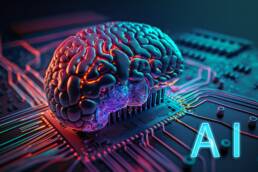The emergence of AI models that generate novel artifacts like images, text and 3D structures signals an unprecedented wave of disruption across industries. DALL-E 2 and AlphaFold provide early glimpses into expansive new capabilities. While promise abounds, these exponentially powerful technologies also introduce thorny new hazards if not developed thoughtfully. Business leaders have a profound responsibility to ask tough questions and engineer generative AI in ways aligning to human values, not just commercial drivers. Progress demands urgent, proactive collaboration between leaders, engineers, ethicists, creatives and civil society.
Defining the Generative Shift
A paradigm shift is underway as AI evolves from purely reactive analysis into the realm of generative creation. Technologies like DALL-E 2 and GPT-3 demonstrate the rising potential to algorithmically produce original text, art, voices, molecular structures, 3D objects and more rather than just labeling inputs.
By synthesizing novel artifacts rather than just recognizing patterns in data, generative models unlock exponentially greater possibilities compared to previous AI. Their creative scale is restrained only by available training data, computing power and human ingenuity in directing them responsibly.
Unlocking New Frontal Cortexes
Conceptually, generative AI represents external “frontal cortexes” simulating human imagination. Just as human minds conjure ideas, language and mental images internally, so too can software models now manifest creativity externally following prompts.
This expands capabilities dramatically. But it also means generative models require as much wisdom and care as our biological frontal cortexes that took millions of years to evolve responsibly. The stakes are high for getting this right quickly.
High-Potential Applications in Every Sector
Guided judiciously, generative AI could transform numerous domains:
- Personalized content from articles to artwork tailored to individual interests
- Immersive XR spaces and characters for entertainment
- Data visualization bringing reports and insights to life
- Intelligent assistants with personalized voices and interactivity
- Molecular and material design for sciences
- Architecture prototyping and creative ideation
- Workflow enhancement synthesizing data, documents and media
- Predictive analytics and policy simulation modeling future scenarios
Realizing this potential also introduces complex technical, ethical and societal challenges requiring mitigation.
Emerging Risks and Challenges
Key issues leaders must address include:
- Information hazards at population scale regarding misinformation, spam, and manipulation
- Legal and regulatory non-compliance around unauthorized IP usage, personal data and consent
- Algorithmic bias amplification expanding unfair prejudice in training data
- Lack of contextual wisdom judging appropriate generative usage and audiences
- Displacement of creative professions and income concentration requiring transition support and redistribution
- Technology addiction and dependency replacing organic human relationships and thinking
- Mental health consequences like depression or anxiety from synthetic media overpersonalization
- Erosion of information authenticity and consumer trust without rigorous monitoring and labeling
The extent of risks largely reflects the power now attainable algorithmically. But prudent governance can steer toward creativity that enhances our humanity.
Architecting an Ethical Integration System
Prudent integration approaches would include:
- Maintaining human stewardship over how generative AI is directed based on ethical purposes and values.
- Enabling transparency by revealing data sources, model logic and limitations so users understand output origins.
- Implementing stringent access controls on sharing generative models to prevent misuse by malicious actors.
- Engineering compliance with IP, personal data and geographic regulations into the creation pipeline based on where outputs will be published.
- Performing systematic reviews of generative output samples pre-release to scan for issues like toxicity, biases and misinformation.
- Retaining meaningful human oversight at creation and release stages to validate appropriate usage context. Avoid full automation without checks.
- Prominently labeling AI source with watermarks and metadata standards to avoid confusion and deception.
Perfect solutions likely remain elusive, but engaged progress emerges from asking difficult questions together. Our choices now will shape generative AI’s trajectory for generations. We must get this right.




